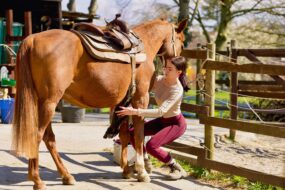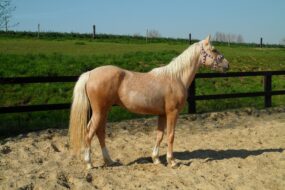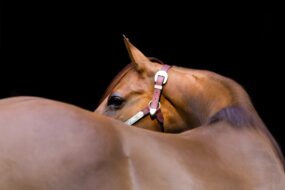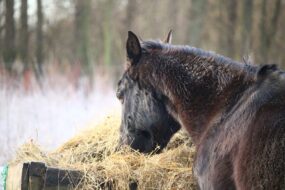The Morgan Horse Continues To Be Admired
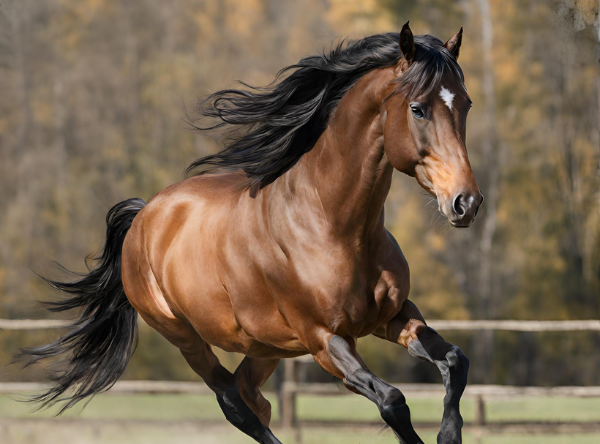
The Morgan horse’s history can be traced back to the late 18th century when a stallion named Figure, later known as Justin Morgan, was born in West Springfield, Massachusetts.
Justin Morgan possessed unique traits such as strength, endurance, and a pleasant disposition, which he passed down to his offspring. These qualities made him highly sought after as a breeding stallion, and his descendants became known as Morgan horses. During the 19th century, Morgan horses played a significant role in American history. They were used as coach horses, pulling carriages and wagons, and were prized for their speed and agility in harness racing competitions. They were also popular as general riding horses, known for their smooth gaits and comfortable rides. Morgans were even utilized as cavalry horses during the American Civil War, serving on both the Union and Confederate sides. In addition to their role in American history, the Morgan breed has had a significant impact on other major American horse breeds. The influence of the Morgan can be seen in breeds such as the American Quarter Horse, known for its speed and versatility, the American Saddlebred, known for its elegance and high-stepping gaits, the Tennessee Walking Horse, known for its smooth and comfortable gaits, and the Standardbred, known for its speed in harness racing.
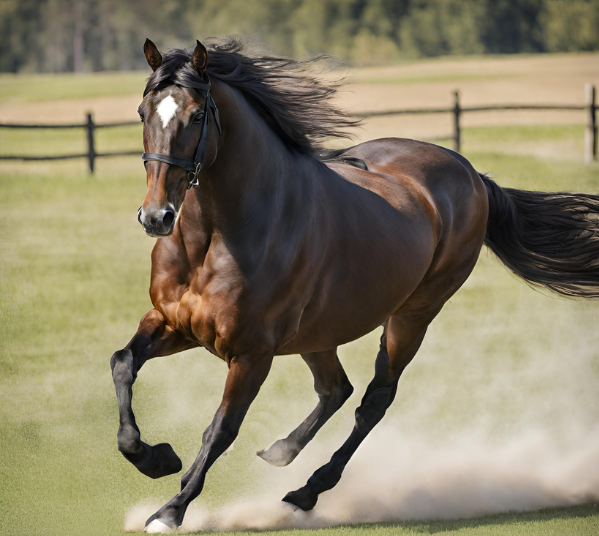
The Morgan horse’s influence has also spread beyond the United States. In the early 20th century, a Morgan stallion named Ethan Allen was exported to England, where he greatly influenced the breeding of the Hackney horse, a breed known for its trotting abilities. This further solidified the Morgan horse’s reputation as a versatile and influential breed. To ensure the preservation and improvement of the Morgan breed, the US Department of Agriculture established the US Morgan Horse Farm in 1907. The farm, located in Middlebury, Vermont, aimed to perpetuate and enhance the breed. It was later transferred to the University of Vermont. The first breed registry was established in 1909, and numerous organizations promoting the Morgan breed have been developed since then, both in the United States and around the world. Despite their historical and cultural significance, the Morgan breed faced challenges in the 20th century. Crossbreeding with other breeds, particularly the Saddlebred and Arabian, has caused a decline in the number of purebred Morgans. It is estimated that as of 2019, only 100 foundation Morgans remain in existence. To combat this, efforts have been made to preserve the breed through careful breeding and the creation of alternative registries, such as the Foundation Morgan Horse Society.
Today, the Morgan horse remains highly regarded for its versatility, beauty, and intelligence. It is a popular choice for various equestrian disciplines, including dressage, driving, endurance riding, and pleasure riding. Its compact yet powerful build, combined with its friendly and willing temperament, makes it a suitable mount for riders of all ages and skill levels. The Morgan horse holds special significance in certain states. It is the state animal of Vermont, chosen for its historical and cultural importance to the region. It is also the state horse of Massachusetts, recognizing the breed’s impact on American history. Additionally, the Morgan horse is the state mammal of Rhode Island, acknowledging its connection to the Narragansett Pacer breed, which was the precursor to the Morgan horse.
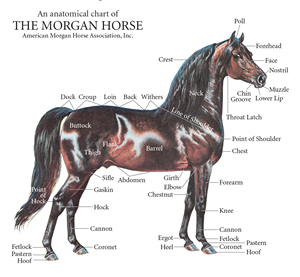
The influence of the Morgan breed extends beyond its physical presence in various disciplines and its symbolic representation in different states. It has captured the hearts and imaginations of many through literature. Well-known authors, such as Marguerite Henry and Ellen Feld, have depicted the Morgan horse in their books, bringing the breed’s history and character to life. One of Henry’s most famous works, “Justin Morgan Had a Horse,” was adapted into a Disney movie in 1972, further cementing the Morgan horse’s place in popular culture. Overall, the Morgan horse remains a cherished and influential breed, beloved for its versatility, beauty, and historical significance. Despite its challenges, efforts continue to be made to preserve and promote this remarkable breed for future generations to appreciate and enjoy.
- Black Star Boots Halloween Inspiration - October 31, 2024
- NekkeiSanford, Champion Mounted Shooter - July 23, 2024
- Lainey Wilson Shows Off Her True Country Heart In Her Christmas Post - December 27, 2023

